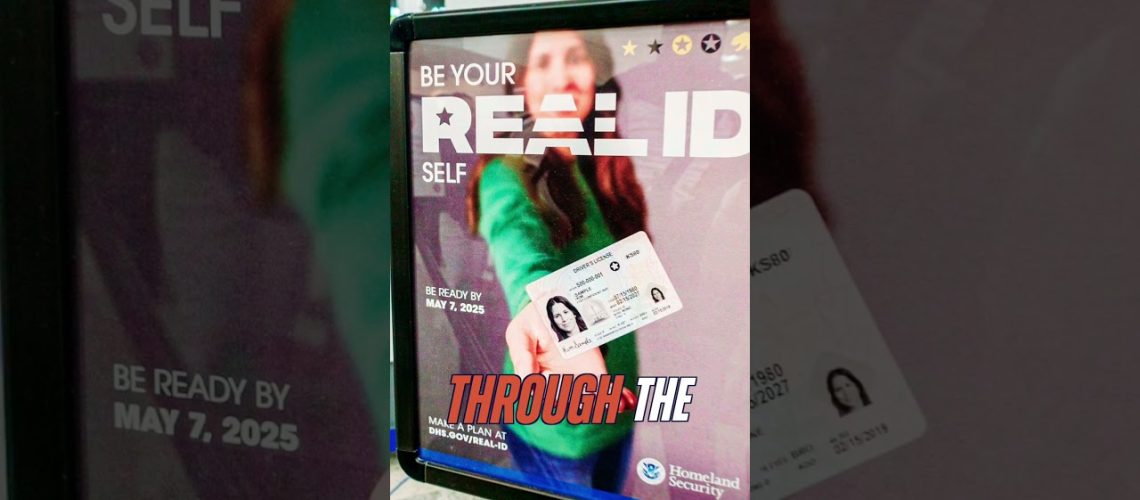How the REAL ID Connects to the Infrastructure of 15-Minute Cities
The REAL ID Act, passed in 2005, was presented as a measure to enhance national security. But behind its standardized ID format lies a deeper technological shift—one that centralizes identity tracking across all 50 states through federal integration and private-sector partnerships.
At the core of this system is IDEMIA, a global biometric and digital identity company contracted to provide the technology for REAL ID enrollment and verification. IDEMIA specializes in facial recognition, fingerprint biometrics, and identity authentication, capabilities that extend far beyond traditional driver’s license functions. By supplying the digital infrastructure for REAL ID compliance nationwide, they’ve effectively enabled a federated identity grid that bridges individual state databases with federal oversight.
This integration removes the decentralized nature of identity management in the U.S., consolidating personal data and location-based authentication across jurisdictions. In short, your movement, biometric data, and digital identity become trackable at a national level, not just within your state.
This is relevant when discussing the potential rollout of “15-minute cities”—a planning concept where citizens live within tightly controlled zones of activity. While framed as sustainable urban design, such models could, in practice, be enforced using digital identification systems like the REAL ID. With national-level tracking in place, monitoring movement between “zones” becomes far more feasible, especially when combined with biometric checkpoints, digital wallets, or restricted-access services.
If you haven’t yet enrolled in the REAL ID system, you may want to seriously consider the long-term implications. What begins as a security measure often evolves into a control mechanism, especially when powered by centralized digital infrastructure and outsourced to companies that specialize in surveillance technologies.
source


